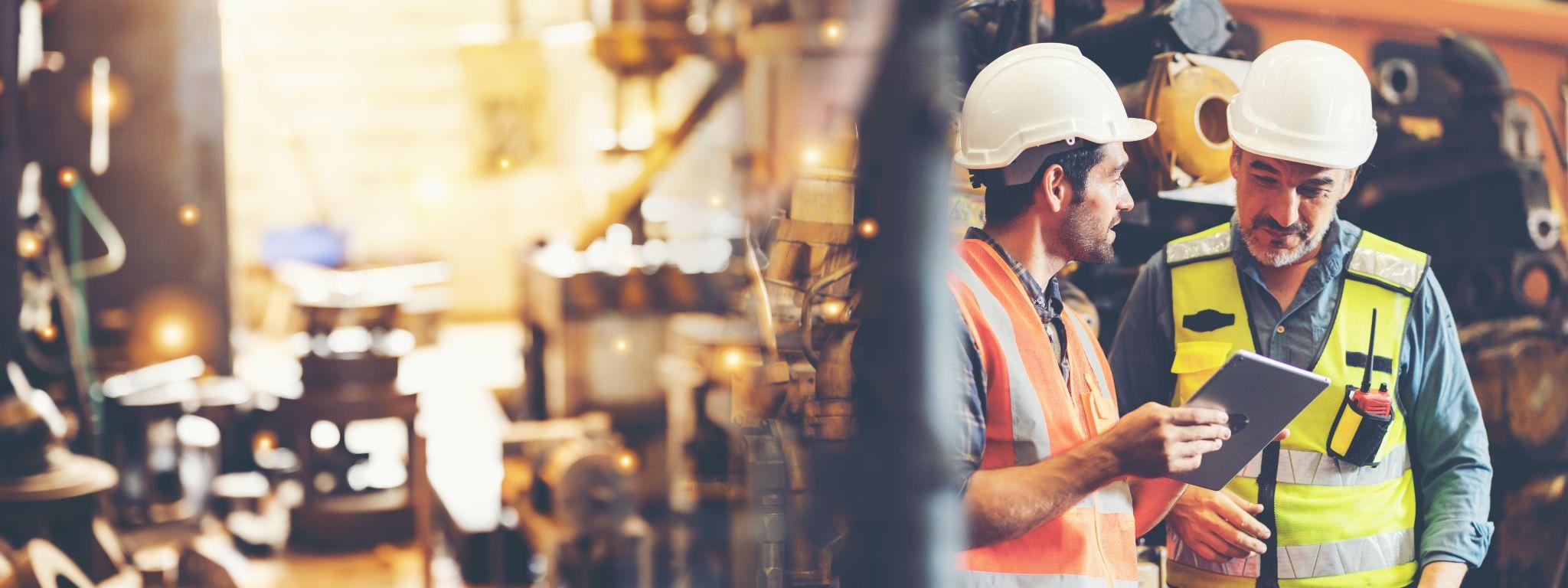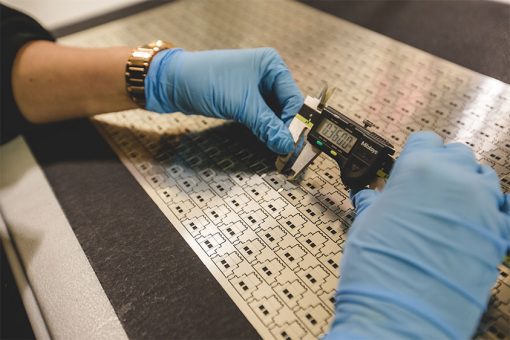You Can Eliminate Burrs with Photo Chemical Etching
October 2022
When you are fabricating thin metal parts you usually run the risk of getting deformations known as burrs, and these annoying little things cause imperfections to your part’s structure. Some very popular fabrication methods for thin metal parts include EDM, stamping, and laser cutting. Each of these has their own individual set of obstacles when it comes to producing parts with different tolerances and features in their respective types of metal.
Ultimately, the goal of any manufacturer using a method for producing thin metal parts is to do so in a cost-effective manner, with no errors or imperfections that could render the part weak or useless. Since burrs are a major threat and one of the most common deformities, manufacturers will look for the best photo chemical etching services to ensure that burrs are not a threat, and to produce their thin metal parts in a highly cost-effective manner.
Continue reading to discover the various types of burrs and stresses that can compromise thin metal parts during the fabrication process and learn why photo chemical etching is regarded as the best method for getting the desired results.
What are the Various Types of Burrs that Photo Chemical Etching Can Prevent?
Although metals are tough, there is always an edge that presents a field for the formation of burrs, based on the chosen fabrication method that’s used. Here are some of the types of burrs that commonly plague projects in which thin metal parts are fabricated without the use of photo chemical etching:
- Tear burr – When a piece is torn away as opposed to being severed from the material
- Rollover burr – Also known as an exit burr, the rollover burr is a machine scar that develops when the piece bends or rolls over during the stage when the metal is being punched, sheared, or pierced.
- Breakout burr – Also known as a cut-off burr, a breakout burr occurs when the work material is removed before a cut can be completed.
- Poison burr – This happens when too much metal collects at the end of a piece.
- Thermal deformation – When high temperatures are present during the machining process, metal properties can be altered. This is especially more common with lasers and Wire EDM. This can result in parts that don’t perform well since the grain structure is weakened due to the metal bending and heat expansion.
What Fabrication Processes Result in Burrs the Most?
Whenever strong impact force and heat are present, the potential for burrs becomes greater. The likelihood that imperfections occur in the metal will depend on factors such as the machine type, metal type and the thickness of the metal. Here are some examples of each process and the likelihood of burrs surfacing:
Laser Cutting – In this type of cutting, a focused laser beam cuts metal into the desired shapes. This is a non-contact, thermal method that offers three varieties:
- Fusion Cutting / Melt and Blow – This type uses gas to blow away melted material
- Flame / Reactive Rutting – This sort utilizes oxygen with an assist gas that has a reaction with the material in which burn-through occurs.
- Remote Cutting – With this kind a high-intensity laser beam cuts through metal without using gas.
Micro burrs can be created since the metal is in direct contact with a major heat source, and the heat stress from the source can cause deformities.
Metal Stamping – With this process, metal is cut, molded, and forms the metal sheet into a desired shape. Due to the force when the metal and dies come into contact, the force used to shape and shear the metal can create rollover burrs, breakout burrs and tear burrs.
Wire EDM (Electrical Discharge Machining) – Is a single wire cutting process used for cutting metal, and electrical sparks are present. Between the electrode and the wire an electrical discharge occurs, and the sparks eliminate any unwanted metal material. To prevent the sparks from being a problem and shorting out, a non-conductive or dielectric fluid must be introduced. However, micro burrs are still a threat because heat generated by the electricity can cause stress to the metal material.
As you can see, while these processes are universally known and widely used, they all pose greater risks for burrs, and for those who want to avoid this danger at all costs, photo chemical etching is the recommended application to invest in, so long as this method makes sense in terms of project needs and materials being used.
So why is photo chemical etching the way to go if you want to avoid the risk of burrs, and what other benefits does it offer?
Why Photo Chemical Etching is Preferred

When it comes to low-cost cutting techniques that eliminate the risk of burrs, photo chemical etching is the right option. This method enables sone to create and cut complex designs by letting acid etch the metal through a multistep process using photo-sensitive materials to transfer design specs onto the metal. Once this is done, a photoresist chemical is used to eat away unwanted material leaving only the desired shape behind. Here are the steps used in photo chemical etching:
- Digital tooling – No hard tooling is used. Instead, the tooling is designed in a digital manner and is plotted onto mylar film.
- Metal prep – The metal goes through rigorous cleaning to ensure there is no debris or dust on the surface. Without this step, burrs can occur, so it is critical.
- Exposure – The metal material goes under a UV light and the photoresist film grows hard to form the design’s shape.
- Developing – This is when the photoresist film that remains soft in the previous step is carefully washed away with the aid of an alkaline fluid.
- Etching – The remaining exposed metal (not the design itself) is etched away with the use of a ferric chloride solution applied on both sides of the metal. Keep in mind that because the etchant temperature never gets hot enough to change the metal’s properties, no heat deformation can occur making it a very safe method if you want to avoid deformation. In addition, there is no extreme pressure or force from tooling coming into contact with the metal sheet.
- Stripping – This is when metal parts are soaked in a sodium hydroxide-based fluid to eliminate the remainder of any photoresist film.
- Inspection – Each part is carefully inspected with digital gauges, electronic equipment, and calipers to promote that the highest quality inspection standards are set in place. If all the above steps are properly executed, there will be no burrs.
Call United Western Enterprises to Learn About Our Photo Chemical Etching Services
United Western Enterprises is known as the best photo chemical etching service provider in the US. Headquartered in the Los Angeles Area, we are ideally located for fast transport via sea, air, or rail to quickly deliver your parts, our 21,000 square foot facility has everything you need in house, and as we have been providing photo chemical etching services since 1969, we are the true experts in our field working within a wide range of industries. Call today and learn why a partnership with United Western Enterprises will help your organization hit all of its growth goals.
